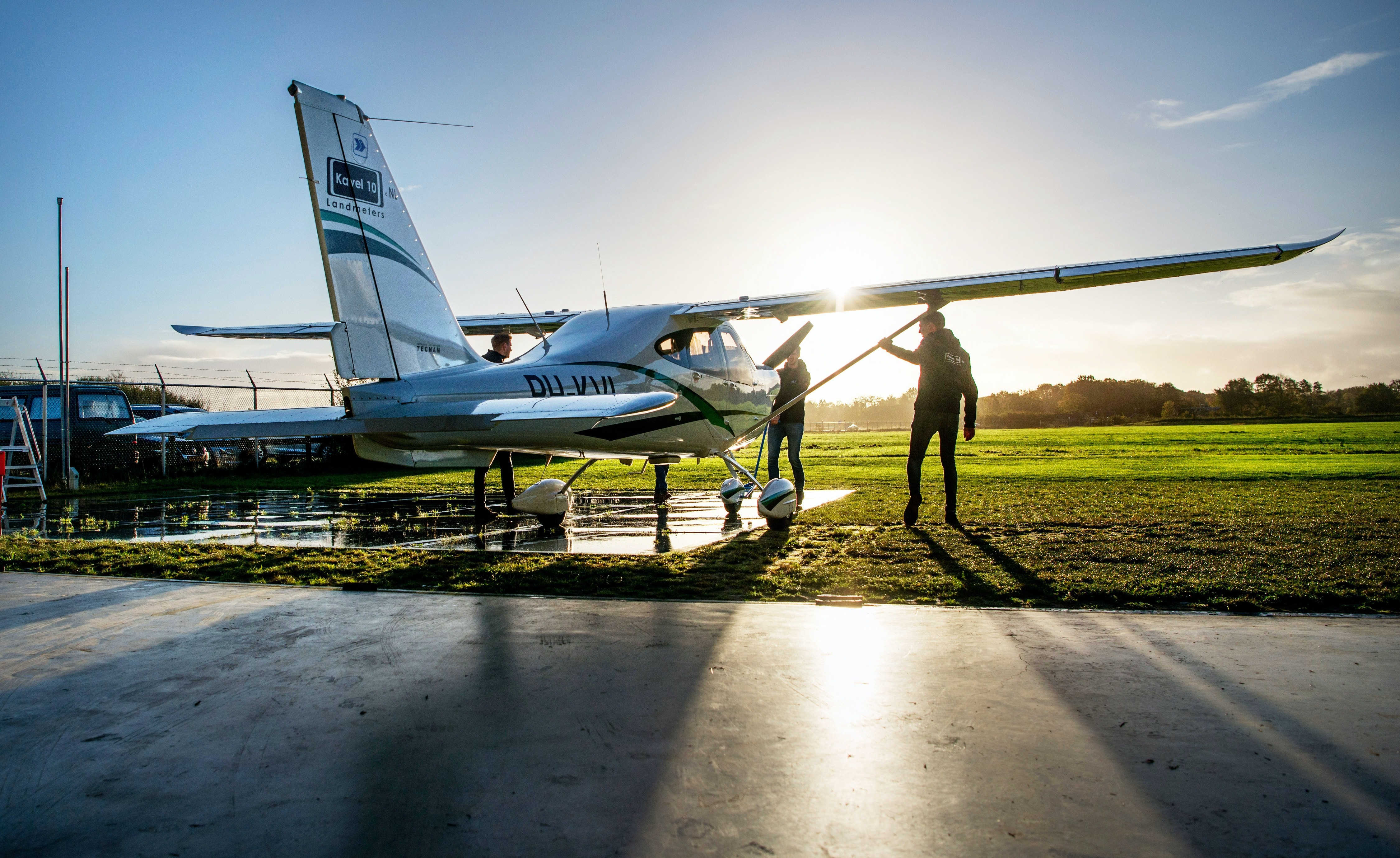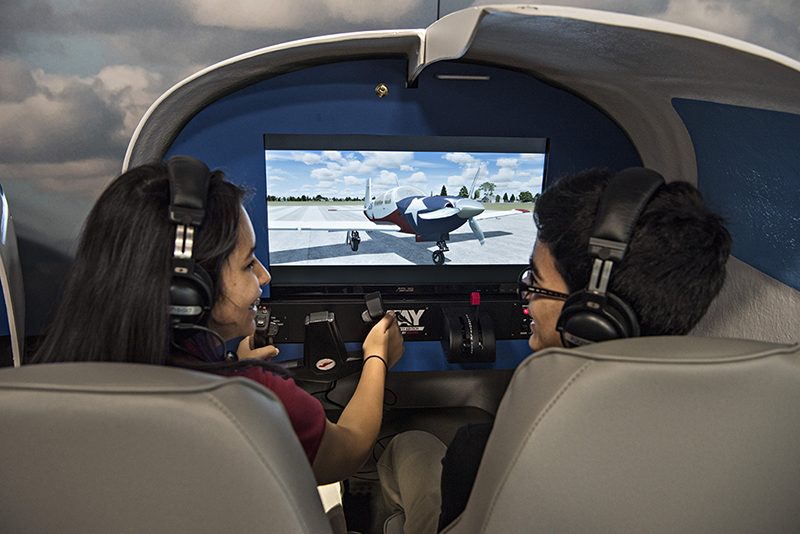Preflight Planning: 11 Items You Might be Missing
It’s happened to all of us. We meticulously complete our flight plan, and maybe even file it, before doing a thorough preflight inspection and flying away to our destination. But then we’re surprised by something. Maybe it gets dark earlier than planned. Maybe we arrive to a very dark runway environment (runway lights out of service?), a closed FBO (did they close early?), or – worst case scenario – the FBO manager waiting for us with a stern look because the FAA called to say you flew through a TFR (don’t be that guy!).
Here are a few preflight planning items that are often overlooked. I’m embarrassed to say that I have experienced a few of these as part of my own personal flying where I was the pilot in command. But in my role as flight instructor, I am also privy to a variety of pilots and their flight planning (or lack of), and in my experience, these are the most commonly overlooked preflight planning items:
Related: What the Average Pilot Looks Like and Why You Shouldn't Settle
1. Airport Hours
I can’t tell you how many times I’ve showed up to complete an assigned cross-country flight with a student to a towered airport just to find out that the airport is closed. The student often has a wonderful plan for this cross-country, often spending hours planning the flight, but they failed to check the airport hours, and upon closer inspection we realize they’re… closed. Even if you don’t need the towered airport experience, you do want to know what you’re getting into, because entering Class D airspace when it’s open is a lot different from when it’s closed.
2. Fuel Prices
I’m guilty of this one. I’ve planned flights to airports without checking fuel prices, just to arrive to a self-serve gas pump with an appalling dollar amount on the machine. I could have saved a dime a time or two - or a thousand - had I done some basic research and looked up fuel prices before departing.
3. TFRs
Don’t be that guy. It seems so simple to check TFRs as part of your preflight planning procedures, but I have witnessed numerous pilots who have come to me for a proficiency check or a flight review who hop in and go without checking for TFRs. I went so far as to allow a pilot to get in and start up the airplane before telling him that there was a TFR that would affect his flight plan. I had hoped that he would discover it, but it turns out he was completely unaware of it, and would have possibly entered it inadvertently.
Related: Are you a Scared Pilot or a Scary Pilot? Respecting the Limits of Flight
4. NOTAMs
Ever arrive at an airport just to find all of the taxiways blocked for construction, and you have to back-taxi unexpectedly to search for an entrance, and because you didn’t know what you were doing, there are other airplanes blocking the one and only entrance to the ramp because they expected you to follow some unknown procedure that was probably in the NOTAMs or at least available by calling someone ahead of time? Me, neither. But as a pilot flying out of an airport that is constantly under construction, I see other pilots do this all the time. “Citation five-six-zero-charlie-foxtrot… uh… I guess we’ll uhhh… back-taxi to uh... anyone know where I can get off the runway?” It helps everyone when you get NOTAMs.
5. Transportation
How many times have I landed at an airport and had difficulty finding a car to use? Probably at least five times. After the fourth or fifth, I think I learned to make arrangements ahead of time. The courtesy car isn’t always available. And rental car companies sometimes have long wait times if you need them to drop a car off. Uber usually works, except when you’re in the middle of nowhere. Plan ahead if you don’t want to sleep in your airplane.
6. After-Hours Availability
As long as we’re playing 20 questions… How many airport fences have I jumped? Just one… but it was embarrassing enough to warrant making phone calls each time thereafter to ensure that I had the code to get back in the gate. After-hours phone numbers are well-intended, but the person on the other end of the phone may not answer at 1 a.m. (Actually, in my experience, they usually do, which is a testament to this great industry.) But you don’t want to chance it.
7. Traffic Pattern
At a non-towered airport, don’t fly the left traffic pattern when the sectional is clearly marked with that little “RP” next to the airport icon. At the very least it’s embarrassing, but at the worst, it’s hazardous. There’s a reason that airports have right traffic and it’s not always for noise abatement. Sometimes there’s a mountain there.
8. Descent Planning
Here’s something to consider: terrain and obstacles exist, even in the dark. Do your homework and make sure that you’re not descending blindly… into a mountain. Or a tower. CFIT is a real thing.
Related: 3 Great Approaches to Get Your Blood Pumping
9. Tie-downs or ramp space
Does your rental airplane come with tie-downs in the back? Yeah, mine either. If you’re flying to a smaller airport, make sure you plan ahead to bring chocks and arrange for tie-downs. There’s nothing worse than having to stare nervously out the FBO window every second to make sure your airplane doesn’t roll away because there are no more ropes left to use on the ramp.
10. GPS updates
How many of you, after not flying for a while, hop in and start up only to realize that your GPS hasn’t been updated in months and is out of date? Set reminders on your calendar for updates to ensure that you’re not faced with relying on an outdated database or canceling a flight.
11. Runway slope and gradient
I’ve heard a number of hangar stories in which the pilot is surprised at how close his takeoff was out of a short and/or soft field. The conversation usually starts by the pilot saying, “I calculated the takeoff distance and even added a bit to be conservative, but we still just barely cleared the trees!” In hindsight, the pilot will often admit that he didn’t consider runway slope or gradient in his calculations, and that after looking at it closer, the takeoff was uphill a bit. Don’t discount this important information anytime you’re departing from a short, unfamiliar runway.
What preflight planning blunders have you experienced? Tell us on Facebook or Twitter.
Share this
You May Also Like
These Related Articles

The IMSAFE Checklist and the Art of Preflighting the Pilot

How To Teach Preflight Checks
